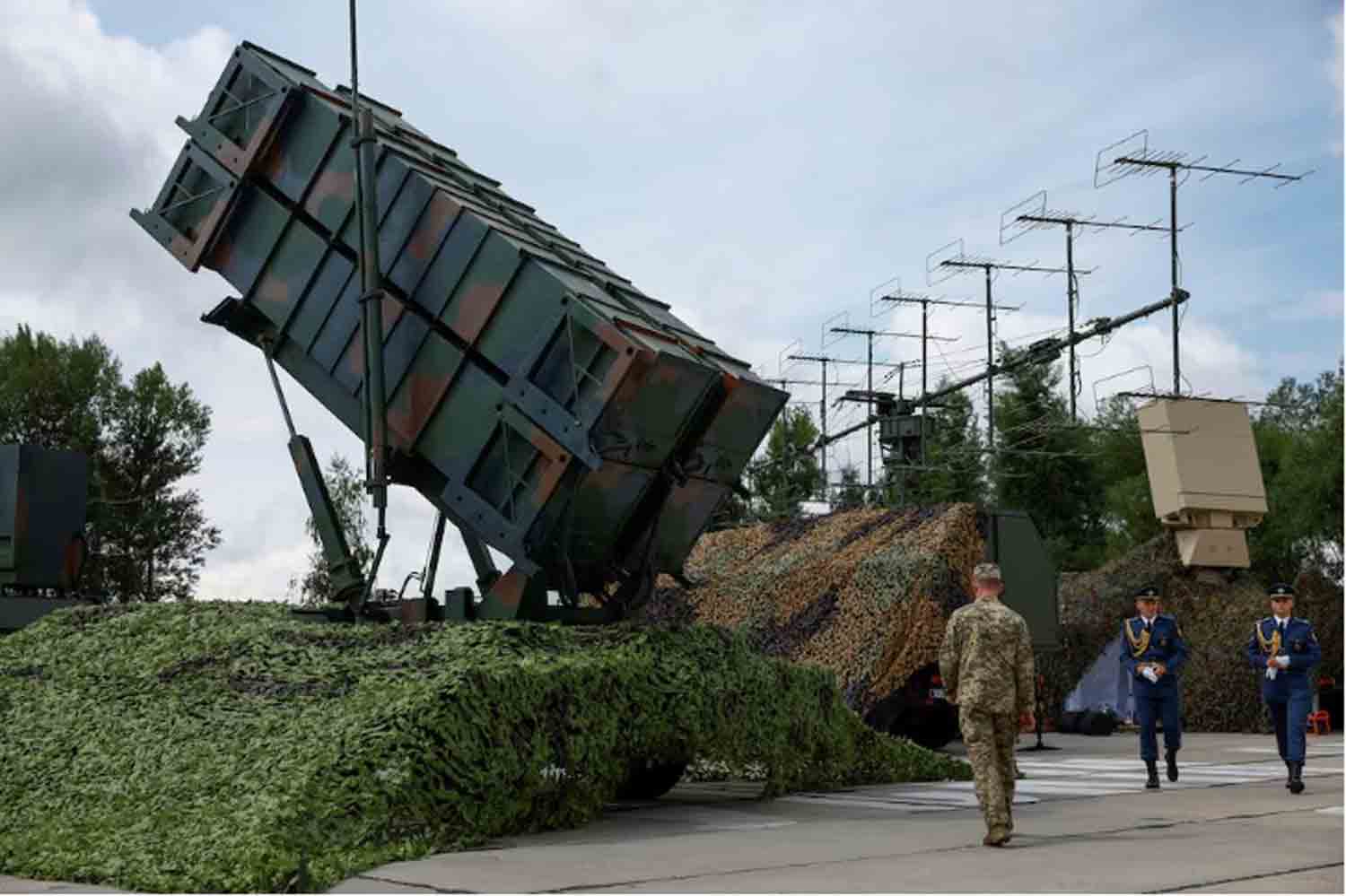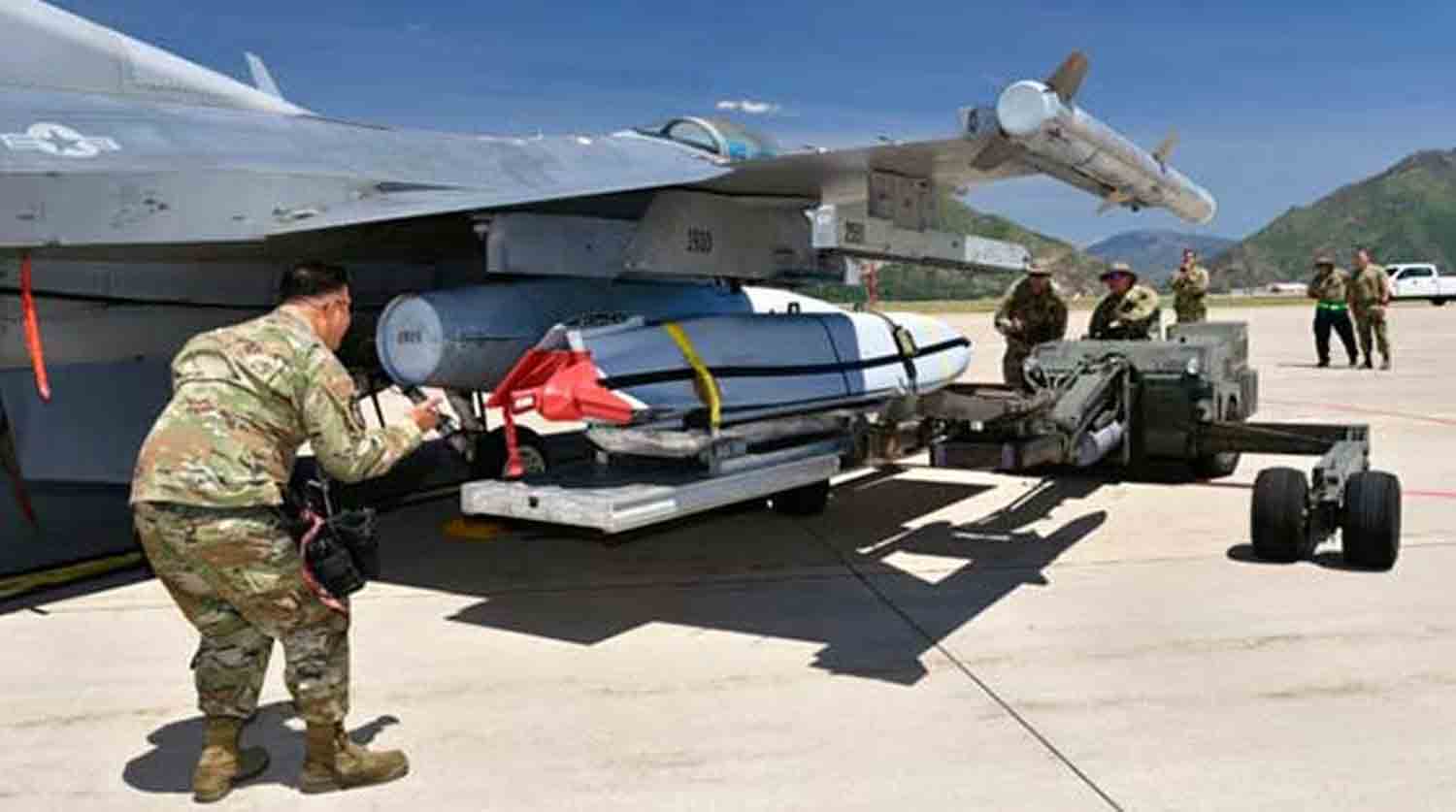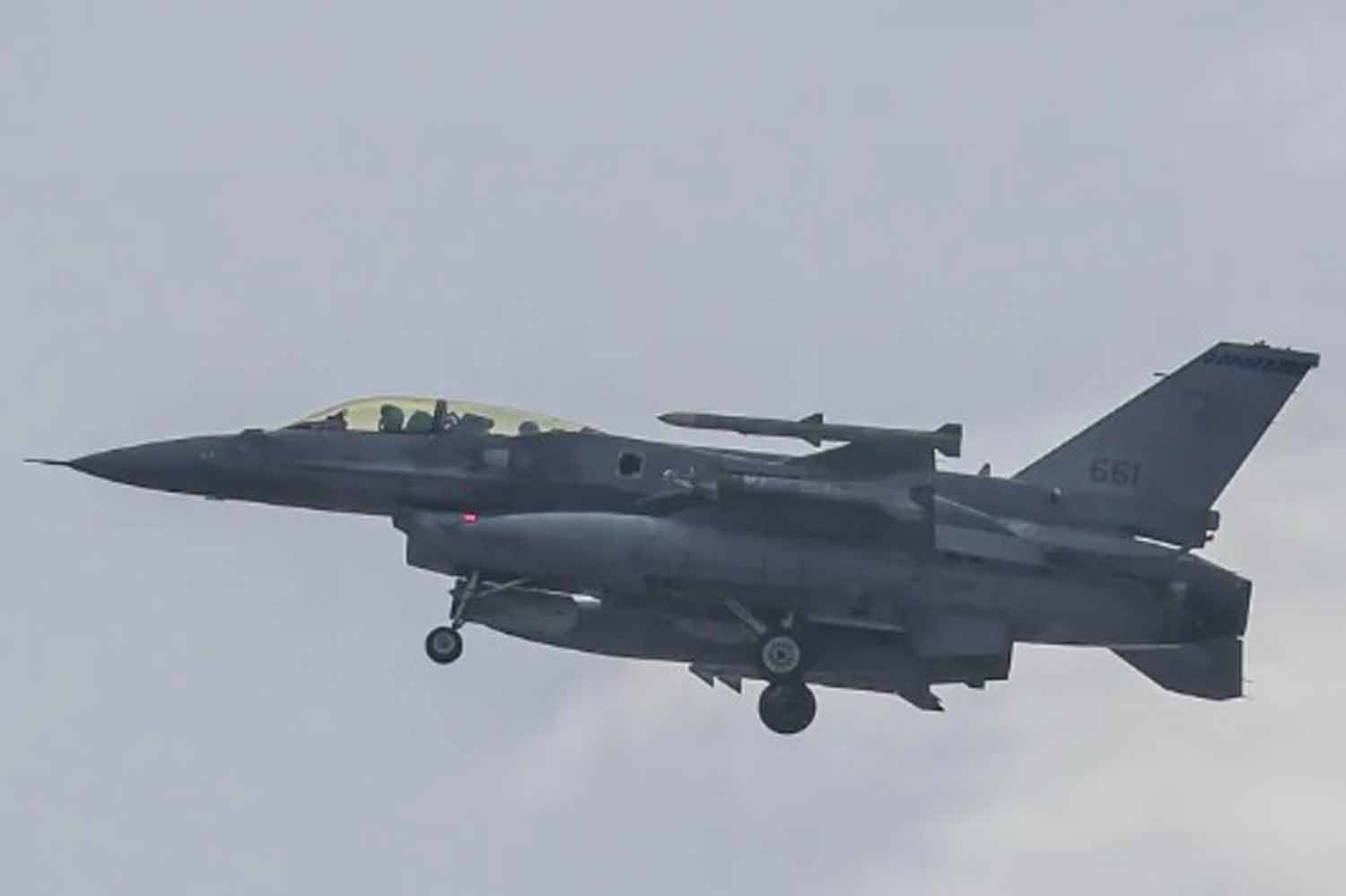Ukraine has either received or is set to receive approximately 90 Patriot interceptors from Israel’s military stockpile. This week, the interceptors were transported via a C-17 aircraft operated by the U.S. Air Force, as reported by BulgarianMilitary.com on January 24.
Barak Ravid from the American news outlet AXIOS noted that the negotiation for this deal took a significant amount of time, as Israel was initially reluctant to proceed. The Israeli Air Force officially retired its Patriot air defense system last April, marking the end of its use after more than thirty years since it was first provided to Israel during the initial Gulf War.
According to sources cited by Axios, after the announcement of the IDF’s decommissioning, Ukrainian officials approached both the U.S. and Israel with a proposal for Israel to return the interceptors to the U.S. for refurbishment before they were sent to Ukraine. Israel hesitated for several months due to fears of potential retaliation from Russia, which could involve supplying advanced weaponry to Iran.
Sources indicated that the recent flight delivered around 90 Patriot interceptors that Ukraine can integrate with its existing Patriot systems. Additionally, other equipment, including radars and various gear, will be sent to the U.S. for refurbishment prior to deployment, as detailed in Barak Ravid’s report on the transaction process.
Israeli-Ukrainian relations have undergone considerable transformation over the years, influenced by historical connections, geopolitical factors, and the intricate dynamics of both regional and global politics. Following Ukraine’s independence in 1991, the two nations quickly established diplomatic ties, recognizing each other’s sovereignty and setting up embassies.
Israel inaugurated its embassy in Kyiv, while Ukraine responded by opening its diplomatic mission in Tel Aviv and subsequently establishing a consulate-general in Haifa. These initial actions formed the groundwork for a relationship characterized by both collaboration and friction, especially in light of the ongoing Russo-Ukrainian War and the complexities of Middle Eastern affairs.
Ukraine has historically been home to one of the largest Jewish populations in Europe and is notable for being the first country outside of Israel to have both a Jewish president and prime minister at the same time. This cultural and historical bond has contributed to a level of mutual understanding, although it has not consistently led to smooth diplomatic or military cooperation.
The relationship has faced challenges due to differing geopolitical interests. Israel has often navigated a careful path, balancing its relationship with Ukraine while also needing to sustain a functional rapport with Russia, particularly given Moscow’s influence in Syria and its role in regional security.
During the Russo-Ukrainian War, Israel denounced Russia’s invasion in 2022 and extended humanitarian assistance to Ukraine, which included medical supplies and support for refugees. Nevertheless, Israel has consistently avoided providing lethal military aid or participating in Western sanctions against Russia.
This measured approach has led to frustration in Kyiv, with Ukrainian officials, including President Volodymyr Zelenskyy, publicly calling on Israel to adopt a more assertive stance. Zelenskyy has expressed disappointment over Israel’s failure to supply missile defense systems such as the Iron Dome or to impose sanctions on Moscow, suggesting that such actions would be in line with Israel’s own security interests, particularly in light of Russia’s increasing relationship with Iran.
Despite these requests, Israel has chosen to prioritize its strategic imperative of not provoking Russia, especially regarding its operations in Syria, where collaboration with Russia has been essential.
Cultural and interpersonal connections have remained a vital component of the relationship. Ukraine is a prominent destination for Jewish pilgrimage, especially to locations like Oman, where thousands of Hasidic Jews gather each year to pay tribute to Rabbi Nachman of Breslov.
This tradition has persisted despite the ongoing conflict, although safety concerns have occasionally complicated bilateral discussions. At the same time, Israel has served as a refuge for Ukrainian evacuees, with many fleeing the war and finding temporary accommodation. However, tensions have emerged over matters such as visa regulations and the treatment of Ukrainian nationals, with Kyiv alleging that Israel has deported some of its citizens and imposed entry restrictions.
These issues have introduced additional complexity to an already intricate relationship, as both countries navigate their individual security challenges while striving to maintain positive relations.
Recent developments have introduced new dynamics into the situation. Israel’s choice to supply Ukraine with early-warning systems, while still refraining from providing more advanced military assistance, indicates a slight shift towards a more supportive position.
This action has been viewed as a response to increasing pressure from Ukraine and its Western allies, as well as a reaction to Russia’s growing ties with Iran and its support for Palestinian groups such as Hamas.
However, Israel’s hesitance to fully meet Ukraine’s military requirements reflects its broader strategic considerations, particularly the necessity to protect its own security interests in a turbulent region.
Conversely, Ukraine’s steadfast support for Israel during the 2023 Israel-Hamas conflict, despite its own challenges, highlights Kyiv’s desire to strengthen relations with a potential ally against Russian aggression.
This solidarity is complicated by Ukraine’s occasional frustration with Israel’s neutral stance, alongside its own internal issues, including the contentious legacy of historical figures associated with anti-Semitic actions during World War II.
Public opinion in both nations also influences the relationship. Ukrainians generally hold a favorable view of Israel, often seeing it as a symbol of resilience against external threats. Surveys indicate that a majority of Ukrainians regard Israel as a friendly nation, despite their dissatisfaction with the limited military assistance provided.
On the other hand, Israel’s significant Ukrainian and Russian expatriate communities have impacted its domestic political environment, with Ukrainian expats frequently advocating for increased support for their country.
Israel’s leadership faces the challenge of reconciling domestic pressures with its overarching foreign policy objectives, which include preserving its role as a mediator in regional disputes and preventing unnecessary tensions with Russia.
The relationship between Israel and Ukraine is a complex interplay, characterized by shared historical and cultural ties yet limited by differing strategic interests. Both nations confront existential threats and appreciate their partnership, but their capacity for complete alignment is restricted by the larger geopolitical landscape.
Israel’s measured stance on the Russo-Ukrainian War, influenced by the necessity to maintain relations with Russia and protect its own regional interests, has constrained its support for Ukraine to humanitarian assistance and non-lethal resources.
On the other hand, Ukraine is eager to enhance cooperation, perceiving Israel as a potential ally in its fight for survival. As global and regional tensions continue, the trajectory of Israeli-Ukrainian relations will likely hinge on how both nations manage these conflicting priorities and whether they can establish common ground amidst their individual challenges.
The Patriot missile system utilizes various types of interceptor missiles, each tailored to address specific threats, with capabilities that have been enhanced through multiple upgrades over the years.
The initial version of the Patriot missile was the MIM-104A, which has undergone significant evolution through several enhancements. The first major upgrade was the Patriot Advanced Capability-1 (PAC-1), which expanded the system’s functionality from solely anti-aircraft operations to include limited defense against tactical ballistic missiles.
The PAC-2, representing the next generation of the system, brought significant advancements in both hardware and software, thereby improving the missile’s ability to target more advanced ballistic missiles. It is equipped with a blast-fragmentation warhead, which proves effective against both aircraft and cruise missiles.
The PAC-2 Guidance Enhanced Missile (GEM) variants, such as GEM-T (Tactical/TBM) and GEM-C (Cruise), incorporate features like enhanced guidance systems, lighter construction, and improved propellant formulations. These missiles utilize a Track-Via-Missile (TVM) guidance approach, allowing them to passively track targets illuminated by ground-based radar during the terminal phase of flight.
The most sophisticated interceptor in the Patriot system is the PAC-3. In contrast to earlier models, the PAC-3 employs hit-to-kill technology, which enables the missile to physically collide with its target for destruction, rather than depending on a blast-fragmentation warhead.
This approach is particularly effective against ballistic missiles, as it allows for direct engagement and destruction of the incoming missile’s warhead. The PAC-3 missile is guided by an onboard radar detection and tracking system, enhancing its autonomy and effectiveness against a wider array of threats, including tactical ballistic missiles, cruise missiles, and unmanned aerial vehicles.
The most recent version of the PAC-3, referred to as the Missile Segment Enhancement (MSE), significantly enhances the capabilities of the PAC-3 system. It incorporates a dual-pulse motor that improves range, larger fins that enhance maneuverability, and a design optimized for engaging threats at greater altitudes and distances than the original PAC-3.
The PAC-3 MSE is recognized for its proficiency in countering more sophisticated and agile threats and has been incorporated into the wider U.S. air defense framework, which includes systems such as THAAD.
Each missile variant is engineered to operate within the Patriot’s integrated battle command system, leveraging the system’s advanced radar for detection, tracking, and engagement. Notably, PAC-3 missiles can be deployed alongside PAC-2 missiles within the same battery, providing a flexible defense solution against both ballistic and air-breathing threats.
Discover more from Defence Talks | Defense News Hub, Military Updates, Security Insights
Subscribe to get the latest posts sent to your email.





